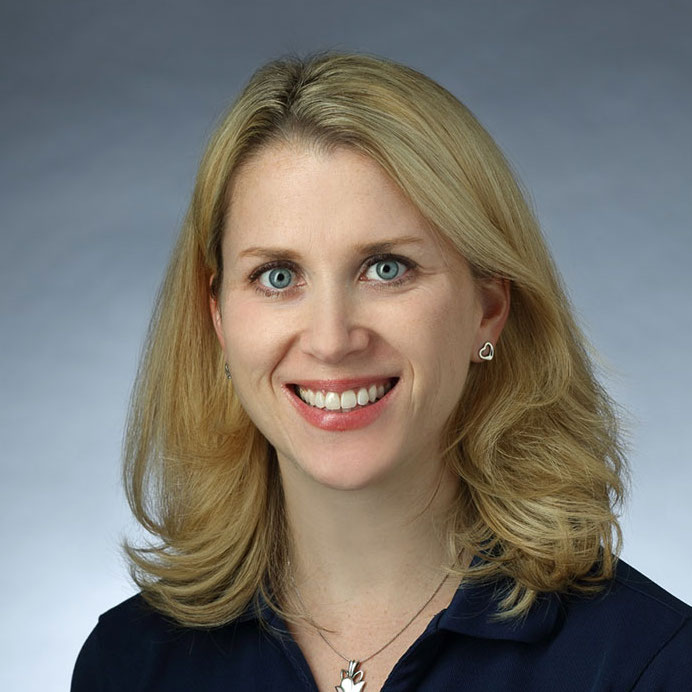The cultural, economic, and geographic diversity of the DC region provides our program with a vast patient population and a variety of clinical settings. It is truly an exciting, challenging, and well-rounded training experience.
Close to half of the resident’s training occurs at Washington Hospital Center (WHC). Of all DC area hospitals, WHC has the busiest emergency department, most active trauma center, and the largest cardiac service. In addition, it is the designated regional burn center and a NIH regional stroke center. In the information contained below and in the links in the margin, you will find details on each year’s curriculum, schedules, specific rotations, and our hospitals.
Residency training is an exciting time in any physician’s life. Ideally, it’s an opportunity to explore those aspects of Emergency Medicine that could play a role in your future. It is our mission to create an environment that supports the growth of our residents as top flight clinicians while developing unique career paths, based on each individual’s interests and strengths.
Actor David Arquette was recently asked in an interview which of his three children is the most like him. He replied, “They’re all a little part of me, a little part of their mother, and then they have their own magic.” I saved this quote because I thought it was a beautiful way to frame parenthood, and I think it also applies to the role of an emergency medicine residency program director. A program director’s job is not to mold residents into their own or the program’s image; rather, it is to foster and support the special, individual qualities unique to each trainee.
I personally benefited from that support as a resident here at Georgetown. If someone had asked me as an early intern what I thought my future EM career looked like, I would have said that I will be back home in Iowa and working in a community ED; a career in academics was not on my radar at all. It was entirely because of the mentorship and encouragement I had here as both a resident and junior faculty member that I have reached this point in my career.
And I am not alone. Dozens of my fellow alumni across the country are thriving in careers beyond their imagination as a direct result of completing this program. I believe I speak for all of us when I say we feel so grateful to have had such wonderful guidance. It is an honor to pay that gratitude forward to our current and future residents as program director.
If I had to pick one word to describe our program, it would be range. First, we have a wide range of faculty from dozens of different training programs and with fellowship expertise in critical care, sports medicine, ultrasound, EMS, toxicology, simulation, and telehealth, to name a few. And, incredibly, residents work with these experts one-on-one to directly learn from their experience and practice.
Georgetown also has a range of clinical sites including community, rural, and international EM sites. MedStar Washington Hospital Center, our primary clinical site, is Washington DC’s busiest ED, highest volume Level One trauma center, largest cardiac service, busiest L&D service, and is the regional burn center as well as the National Institute of Health’s designated regional stroke center. Our ED is proud to care for our high-acuity, urban, underserved patient population.
Importantly, our program also allows for—and encourages—range in a resident’s personal life. Clinical shifts are 9 hours total but scheduled as 8 hours + 1. There is a built-in hour to wrap up patients, finish charts and sign out. For the most part, residents leave their shifts on time and still have hours left in their day to do other things like spend time with family and friends, exercise, and pursue non-clinical activities and interests.
Georgetown EM is comprised of residents and faculty who are happy and thriving. I graduated from medical school 18 years ago and I’m not burnt out, I love my job, and I love coming to work. We can show you, too, how to maintain happiness, balance, and a love for emergency medicine over a decades-long career. Join us!
Joelle Borhart, M.D., FACEP, FAAEM
Program Director
Associate Professor of Emergency Medicine
Department of Emergency Medicine

Our primary ED training sites allow exposure to the full spectrum of healthcare, including broad cultural and socioeconomic diversity, as well as tremendous diversity in pathology.
Residents work a proportion of shifts in the peds ED at CNMC during all MWHC ED months during the PGY-1 and PGY-2 training years, allowing for seasonal variation and continuity of pediatric exposure throughout training.
Comprehensive experience in critical care medicine is both a primary focus and strength of our curriculum. We have several EM-critical care faculty members, and MWHC hosts an IM-based critical care fellowship open to EM graduates.
Experience in managing significant traumatic injuries occurs throughout the curriculum. New interns are certified in Advanced Trauma Life Support (ATLS) during the intern orientation program (July of intern year). Progressive responsibilities in directing major resuscitations and invasive procedures occurs throughout the course of training.
During their clinical rotation, residents will be able to focus on particular care fields. Each focus area allows residents to prepare for real world situations through exposure.
Copyright © 2019 Georgetown University Hospital / Washington Hospital Center Emergency Medicine Residency Program. All rights reserved.
Website Created by Simplicity Design and Marketing